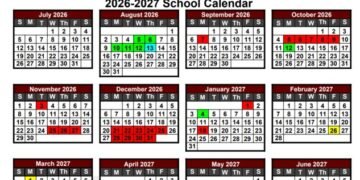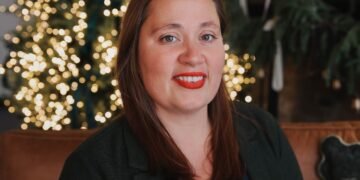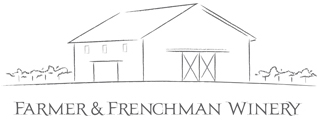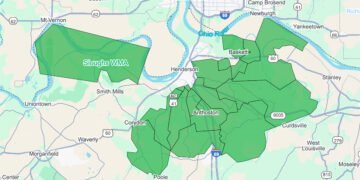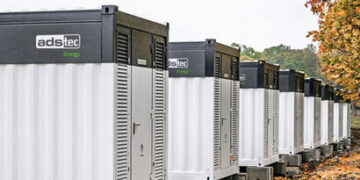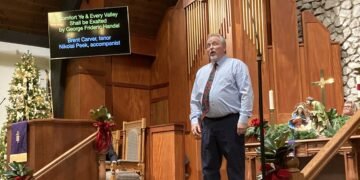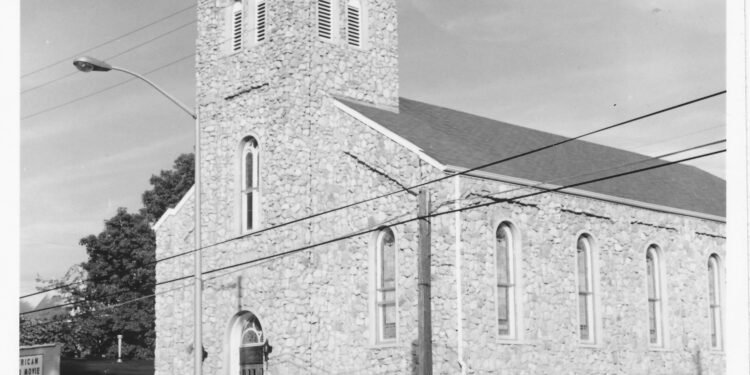(This article first appeared in the February print edition of the Hendersonian.)
Every African American Baptist church in Henderson can be traced back to the First Missionary Baptist Church, which was dedicated in 1866. The church’s sanctuary at the corner of Washington and Elm streets—where the current church stands—was purchased at a cost of $3,030 and dedicated in 1866, according to local historian Donald Banks.
What’s interesting to Banks is that the purchase came just a year after the end of the Civil War and was bought by a group of people who had been enslaved the entirety of their lives, which begs the question of how did they raise the money.
Slavery was a horrific practice in America, Banks said, but in Henderson County, enslaved people weren’t treated as brutally as in the Deep South, likely because of the proximity of the North just across the river. He said they were treated more like “indentured servants,” and one of the concessions slaveowners made was to allow the enslaved to get side jobs when their work was complete.
“They were able to go out and work and keep their money,” Banks said.
And so, many toiled for a slaveowner and when their days off came, they worked extra jobs for money, saving all the money they’d earned, even though they weren’t sure what they’d be able to spend it on, or if they ever would.
Banks said there weren’t any opportunities to spend their money; they weren’t given any time off for recreation or to visit local stores.
“What they made—where were they going to spend it?” he asked.
What’s more, there wasn’t anyone to keep them from not being paid for their work on off days. This was the era of slavery, after all.
Still, though, they kept working extra jobs and they kept saving, and when the Civil War was over, they joined together and had the opportunity to buy the church.
A precursor to the purchase occurred a quarter-century before, in 1840, when a group of slaves that had been worshiping in Transylvania Park were “welcomed and received to membership in the white Baptist Church and baptized by Rev. H.B. Widgeon,” Banks wrote in his history.
For five years, the enslaved Baptists were able to worship at the white Baptist Church (that which currently sits at the corner of Elm and Center streets), Banks wrote. In 1845, a committee of five white Baptist congregants were appointed to establish the “African Baptist Church.”
On June 8, 1845, 20 Black members with white committee members met in the basement of the present Baptist Church and the African Baptist Church continued to meet in the basement until the end of the Civil War. But Banks wrote: “As the storm clouds of states’ rights and secession began to form over our nation, the same issues caused a split among Baptists.”
And so at the end of the war, the Black Baptists who had been worshiping in the white Baptist Church basement were told to leave, Banks said.
A year later, the group bought their first church, which was located at the same site where the current church still stands on the corner of Washington and Elm streets. They purchased is for $3,030—$60,122 in today’s dollars, according to the website, U.S. Inflation Calculator—from the old Methodist church, Banks said. The church’s first name was African Baptist Church, Banks said.
In the spring of 1879, the old frame building was removed from the lot and “then the foundation for the new building was laid at once,” Banks wrote. It’s the same building that stands in the spot today.
Race Creek Baptist Church
Shortly after the African Baptist Church had bought its building, 33 members of the church left so that they could start a second Black church, Race Creek Baptist Church. The congregation found a spot six miles north of Henderson in 1867. In 1880, the church found a new lot for $5.
In 1887, the church moved again to a lot purchased for $78 on Spottsville Road, now U.S. 60. There the church stayed for 76 years until 1963, when the trustees of First Presbyterian Church sold its building to Race Creek Baptist Church. It stood “on a hill in a white frame building” at the intersection of Plum and Green streets, Banks wrote.
St. Paul Baptist Church
In 1871, five members of the African Baptist Church left to start St. Paul Baptist Church in Corydon. It was a church built of logs and later burned and replaced with a frame dwelling in the same place.
St. John’s Baptist Church
Also in 1871, on May 11, 18 members left to the start St. John’s Baptist Church.
Walnut Hill Baptist Church
In 1872, 13 African Baptist Church members left to start the Walnut Hill Baptist Church.
Greater Norris Chapel Baptist Church
Last year, Greater Norris Chapel Baptist Church celebrated its 150th anniversary. It first started in 1874. In 1879, a new church was constructed with the cornerstone laid on July 4. On Sept. 15, 1879, the congregation moved to the new building, which was completed at a cost of $4,900.
According to a historical account posted on the church’s website, in 1874 the “Rev. L.B. Evans and 44 members of the First Baptist Church decided it was time to leave the church in hopes they could begin their own. With letters of membership dismissal from the First Baptist Church and a few hundred dollars, their church came to be known as the Fourth Street Baptist Church in Henderson. Rev. Lewis Norris, who had remained in Henderson, became the pastor.”
The First African Baptist Church and the five that grew out of it were the base for all the Black Baptist Churches that came later, Banks said. Some are gone now and some remain, and other churches have been started from them, creating a family tree that started from the work and wages earned by descendants centuries ago who weren’t for sure when they’d ever get to spend their money.

